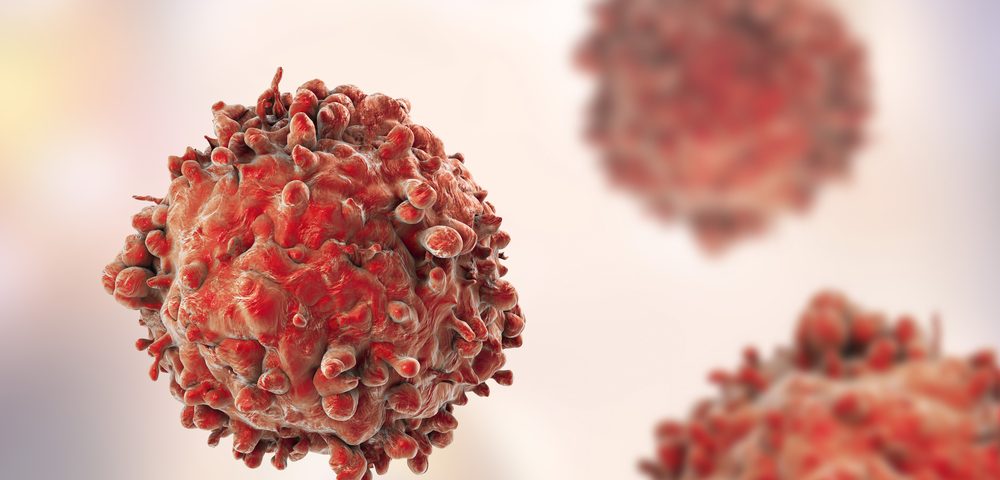PET scans could be a non-invasive way to identify patients likely to respond to cancer therapies targeting the PD-1 and PD-L1 proteins.
Bristol-Myers Squibb developed the approach. It allows scientists to see tumors bearing PD-L1, a biomarker of response to therapies known as PD-1 and PD-L1 immune checkpoint inhibitors.
A study about the method, “Synthesis and Biological Evaluation of a Novel 18F-labeled Adnectin as a PET Radioligand for Imaging PD-L1 Expression,” appeared in the journal The Journal of Nuclear Medicine.
PD-1 receptors are located on the surface of immune T-cells. The binding of PD-1 to its ligand, PD-L1, regulates the immune response to minimize the possibility of a chronic autoimmune disease developing.
Under normal conditions, T-cells travel to the tumor environment and kill the cancer cells. In response to immune activity, tumor cells use their own high levels of PD-L1 to bind to PD-1 on T-cells and deactivate them.
The PD-1/PD-L1 interaction is known as a checkpoint pathway that helps cancer cells evade the body’s immune response.
In a first, Bristol-Myers used a radioligand, a type of radioactive molecule, to target PD-L1. The radioligand uses radioactive fluorine-18 (18F), a common element of PET imaging.
Researchers used a protein called adnectin with 18F to generate an image tracer called 18F-BMS-986192, which they tested in mice bearing subcutaneous tumors with or without PD-L1. Distribution, binding and dosage of 18F-BMS-986192 were also assessed in a healthy monkey.
Results showed that 18F-BMS-986192 binds to tumors containing PD-L1. Using PET imaging, researchers were able to visualize PD-L1 in mice. The data indicated that the radioactive tracer is safe for humans.
Until now, the ability to predict response to cancer treatment targeting PD-1 or PD-L1 has been limited to evaluation of a single patient biopsy. The new approach “represents an opportunity for physicians to non-invasively assess all of a patient’s tumors for PD-L1 expression with a single PET scan and timely readout,” David J. Donnelly, the study’s first author, said in a press release. Donnelly is a senior research investigator at BMS Research and Development.
“This may help guide treatment decisions and assess treatment response, to help identify the right treatment for the right patient at the right time and right dose,” he added.
Clinical trials “with 18F-BMS-986192 are currently underway to better understand this checkpoint pathway and PD-L1 expression in human tumors,” the researchers wrote.


